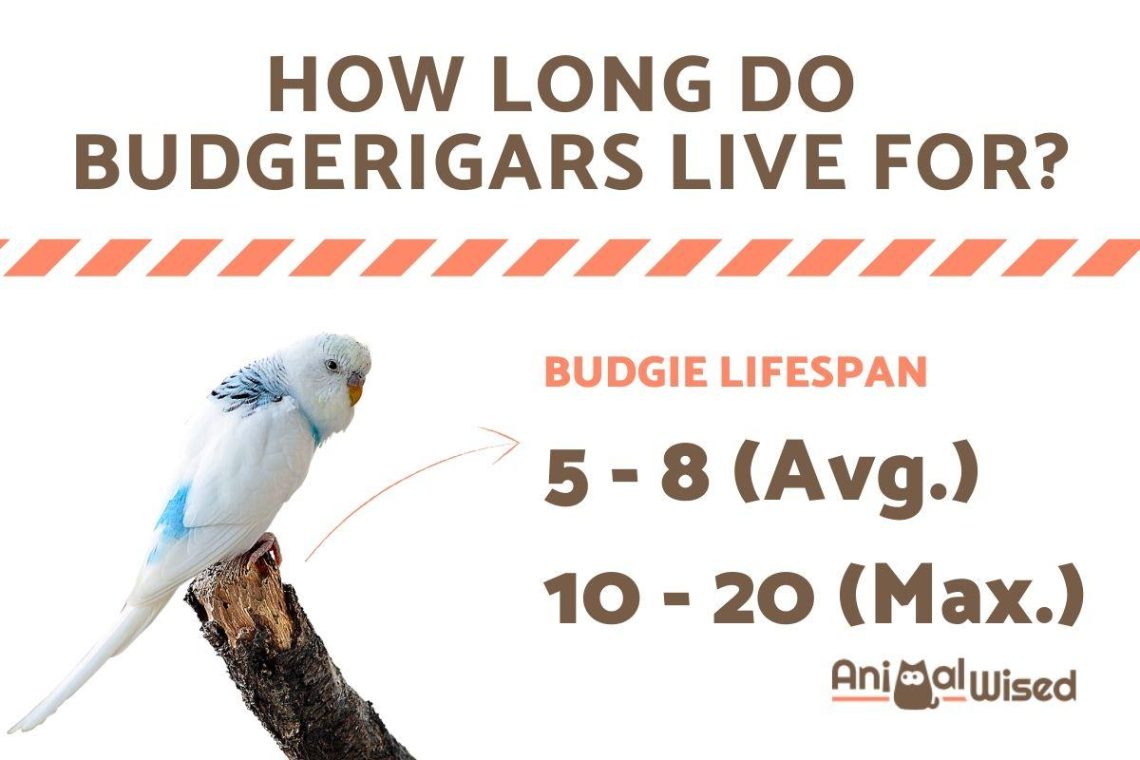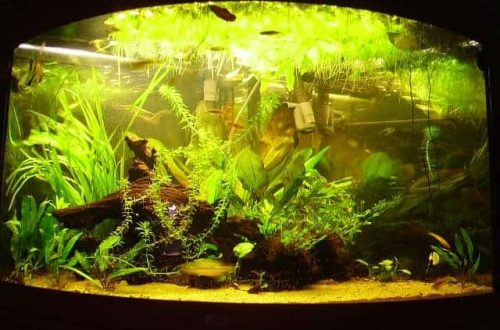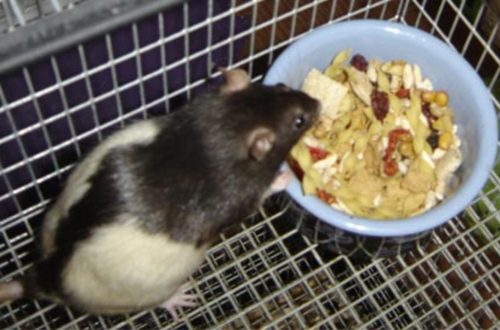
តើ budgerigars រស់នៅក្នុងព្រៃនិងនៅផ្ទះរយៈពេលប៉ុន្មាន
The right conditions created for the budgerigar should not pose a danger to his health and life.
They live in the wild mainly in Australia. They live in large nomadic flocks (up to a million individuals!). The ability to fly quickly helps them travel long distances in search of food and water. The natives of the area call budgerigars “bedgerigas” – suitable for food.
Budgerigar – most common bird species in Australia. They prefer to live in semi-desert areas. But, since man has greatly changed the landscape of the mainland, life forced the birds to adapt to other conditions. They began to eat wheat, which they began to actively grow in the free territories of Australia. But it is extremely inconvenient for them to eat such food – the grains are too large for small parrots.
មាតិកា
What is he, a wavy talker?
- Budgerigars are one of the most slender and beautiful. Due to the long tail, which is equal in length to half the body, they seem quite large. In fact, their body is only 20cm long. The length of the tail increases as the bird grows.
- Their color matches their natural habitat. The feathers are grassy in color, the front of the head and the neck are yellow. The back of the head, back and nape are covered with wavy dark stripes and spots. The older the parrot, the brighter and clearer the drawing becomes.
- Sexual dimorphism is not expressed. But in the male, the feathers on the forehead have a very important feature: they glow. Humans can see it at night, but female parrots can see it in sunlight as well. The brightness of the luminous feathers of the male has a significant influence on the female when choosing a partner.
- The eyes of budgerigars are deep blue. With their beautiful eyes, they can even distinguish colors.
- The beak is powerful, like that of predatory individuals. It is very mobile and with its help parrots can climb trees and crush seeds and fruits.
- Paws are grayish in color, very strong. With the help of tenacious paws and claws, they easily move through the trees, deftly run along the ground and carry various objects and food into them.
បន្តពូជ
In the wild, they breed throughout the year. They nest just at the bottom of a hollow in a tree. In one clutch usually 5-10 eggswhich the female incubates for up to 20 days. The father is engaged in the extraction of food. The chicks appear bald and blind, they begin to see only after 10 days. After a month of life, they already fully fledge, learn to fly and leave the nest. But often children keep in touch with their parents for a couple more weeks and continue to live with them.
Opening a View
The first drawing of a budgerigar was seen by the British in the early 1800s. By the middle of the century, a stuffed bird was already in the Carl Linnaeus Museum. Convicts in Australia were the first to tame birds and put them in cages.
In 1840 budgerigars were already ended up at the London Zoo. The journey from Australia to London took 2 months. How many birds died on this journey! How many individuals had to suffer! And the Australian authorities were forced to pass a law banning the export of birds. To this day, the export of any animal is prohibited in this country.
A couple of years later, news appeared about the successful breeding and life of birds in captivity. By 1860, every zoo in Europe already had its own family of budgerigars.
Parrots came to Russia in 1990, but then they had not yet been bred. Their popularity skyrocketed when learned about their ability to speak (in Europe this was found out a long time ago). In 1930, whole families of budgerigars began to live in the Moscow Zoo. And after a few years they became favorite pets. Scientists have calculated that even then there were already more domesticated birds than wild ones.
How many years do parrots live
In the wild, budgerigars do not live long – only 6-8 years. In nature, they die often and in large numbers. Surprisingly, their worst enemy is starlings. These little birds are not native to Australia. When they were brought to the mainland, they began to fight with budgerigars for nesting sites. Parrots are smaller and weaker than starlings and forced to cede their habitual habitats to them.
Birds of prey are no less serious danger. The predator will not catch up with an adult, but they kill small chicks quite often. For chicks, predatory cats are also dangerous, climbing trees and stealing nests.
Australia is different harsh dry climate. Parrots are forced to constantly migrate in search of water. During a long flight, they gather in large flocks to increase their chances of survival. Birds of prey do not dare to attack a large group of parrots. But individuals that have lagged behind and flown too far will certainly become prey for a winged predator.
The flight usually lasts a very long time, most of the flock of budgerigars die on the way. They languish from thirst and heat, lose strength and sink to the ground, where they become very easy prey for predators.
The constant war with humans is causing serious damage to the budgerigar population. In search of food, birds fly to the fields cultivated by people and destroy the crop. Farmers set various traps and even use weapons against birds.
How long do parrots live at home
Next to a person, the life span of budgerigars is significantly increased. In a warm cozy apartment, predators do not lie in wait for him, and the weather conditions will always remain favorable. The only thing that can affect the life expectancy of budgerigars in the house is the quality of care for them.
- ពិភពលោក. It is important that the lighting is of high quality, and the periods of wakefulness and sleep for the parrot are observed. The length of the day for birds should be 14-15 hours. In winter, the day should be shorter by 3-4 hours. Do not forget that budgerigars love to take a nap during the day and it is extremely important not to disturb them at this moment. If the parrot has the right duration of healthy sleep, this will help increase immunity. Your pet will be less likely to get sick and less tired. But lack of sleep develops aggression, loss of appetite, apathy and frequent molting, exhaustion and hormonal disruptions.
- សំណើម. Although parrots are able to live in arid Australia all year round, they do not need artificial dry air and heat at all. Birds in captivity will thrive in about 60% humidity. The dryness of the air will negatively affect the plumage: the feathers will fade, become brittle, the skin will begin to peel off. The respiratory system and the mucous membrane of the eye will also suffer from dry air. By the beginning of the heating season, it will be useful to acquire a humidifier. This will be useful not only for the bird, but also for you.
- សីតុណ្ហាភាព. Parrots do not tolerate extreme heat very well, but they do not need to arrange drafts either. Always maintain a temperature of 22-25°C, no matter how much your thermometer shows outside. In the hot season, make sure that the bird always has cool water in the drinking bowl and bathing room. In case of heatstroke, immediately apply something cold to the back of the parrot’s head.
Approach responsibly to comply with all requirements. Only then will your pet be able to avoid problems with poor health, you will not have to go to the veterinarian often and worry. Its lifespan can only be increased by your efforts! Make living a parrot in your home as comfortable as possible!







